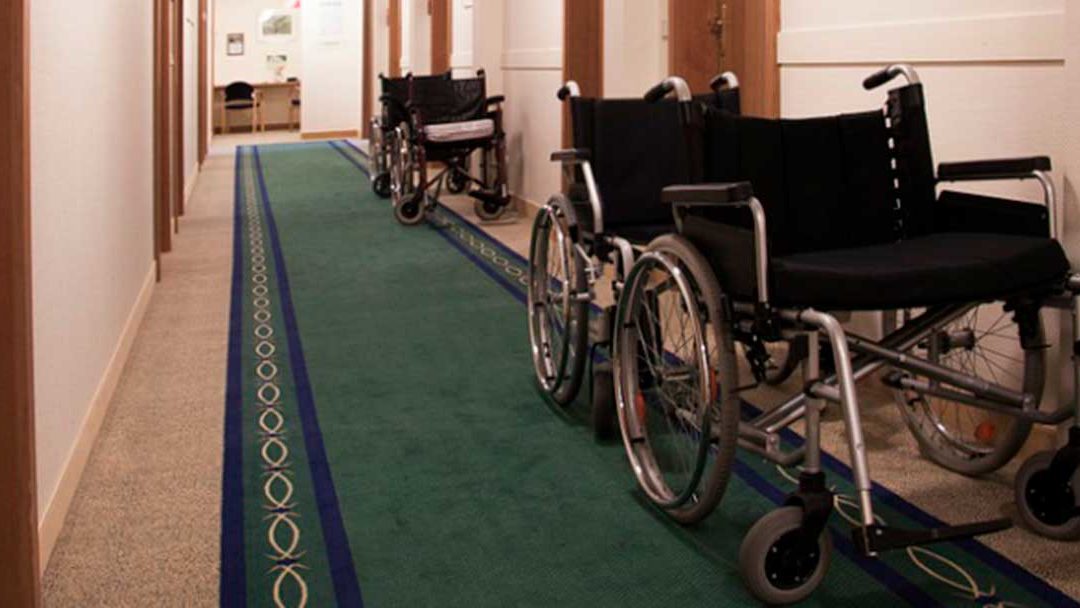With an estimated disabled population of 70 million, India unfortunately lags far behind in terms of enabling travel for this sizeable chunk of its population. Here are six ways our country can improve access and facilities to help the disabled have peace of mind while travelling.
The way people travel is evolving, and for the better. While the World Tourism Organization – powered by the United Nations – is constantly striving to promote responsible tourism and travel that will enrich the world on the whole, this year they just got a lot better! Declaring 2016 as the Year of Accessible Travel, the World Tourism Organization paved the way to kick-start a much-needed movement in many parts of the world. With their motto “Travel for all”, this year can be marked as an eye-opener for us as a country.
There is such a horrendous amount of stigma attached to disability that we overlook everything else associated with the person who bears it. Instead of saluting the fighting spirit of people with disabilities, society as a whole tends to disregard their right to live and gain happiness.
India has been a centre of oneness and a land of compassion amidst a plethora of diversities. As responsible citizens of the country, we need to believe that disabled individuals deserve equal rights and opportunities, over and above our duty to support them.
Travelling is, by far, one of the most enriching experiences of an individual’s lifetime. Every individual should have the opportunity to travel and explore at their pace. As the Year of Accessible Travel draws to a close, in the future, India—as a nation—can undertake the following measures to make wheelchair vacations a realistic idea.
1. Making the National Monuments accessible
Most of the national monuments in the country lack proper infrastructure to ensure a disabled person can walk in and explore it at his/her own pace. Building platforms and ramps to move around, and providing wheelchairs and audio guides are some of the steps that need to be taken to make sure that all our national monuments are accessible for visitors with disabilities.
2. Revamping public transport
While travelling, one of the most important concerns is getting around. India’s public transit systems can be revamped to offer smooth access to the disabled. Reserving special seats or bogies is not enough. The railway platforms need to be aligned with the train so that wheelchairs can be easily moved between them. The flight of 2-3 vertical steps is extremely difficult to ascend for anyone who has accessibility issues, both major and minor. In the same way, buses can have fold-able walk-in ramps. Transport management can make disabled access available through reserved entry-exit doors.
3. Providing accessible toilets and parking spots
Many modern shopping malls and complexes in India offer this facility. Sadly, very few public spaces do so. Offering accessible toilets and parking spots in public spaces, gardens, parks, offices, and at monuments and places of interest is one step towards making travel easier for anyone and everyone.
4. Creating more accessible hotels and resorts
Accommodation is a major concern for any traveller. While the majority of star-rated hotels have disabled access, more mid-range and budget hotels need to implement such measures. Concerned stakeholders can undertake a study on how to make many exotic resorts access-friendly, since different geographical terrains often make them inaccessible for disabled people.
5. Disabled Guides for Disabled Travelers
To promote and encourage disabled travelers, a good idea can be to appoint local disabled individuals as tour guides. This will build confidence within travellers who see a disabled tour guide, over and above promoting eco-tourism that will employ the local population.
6. Raising the Moral Bar
More often than not, what stops people with disabilities from travelling is the lack of sensitivity of others, not their physical inability to move around. Often, the general attitude of “normal” people is extremely negative, instead of helping a disabled traveler. There are even some who look at disabled travelers as a hurdle and a hindrance. We need to extend care to disabled individuals, rather than pitying them. We have to reconsider our beliefs and notions, and open our minds to new possibilities for disabled travelers. It is time to understand that disability doesn’t mean inability!
The Year of Accessible Travel is a stepping-stone towards fitting the needs of all, equally. As a travel company, TripHobo is happy to welcome this move as it strengthens our motto, “Travel is for all!” We must join hands to create better opportunities for equality, because that’s how it should be!
Source: The Better India



